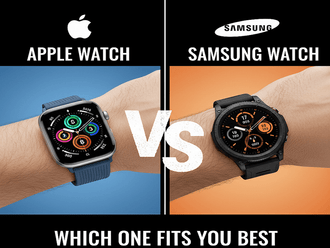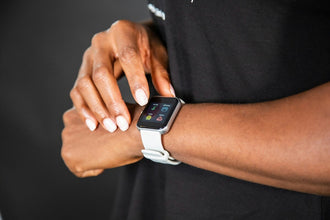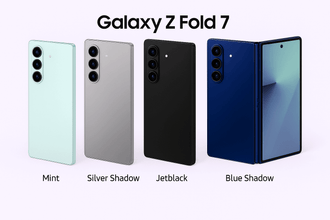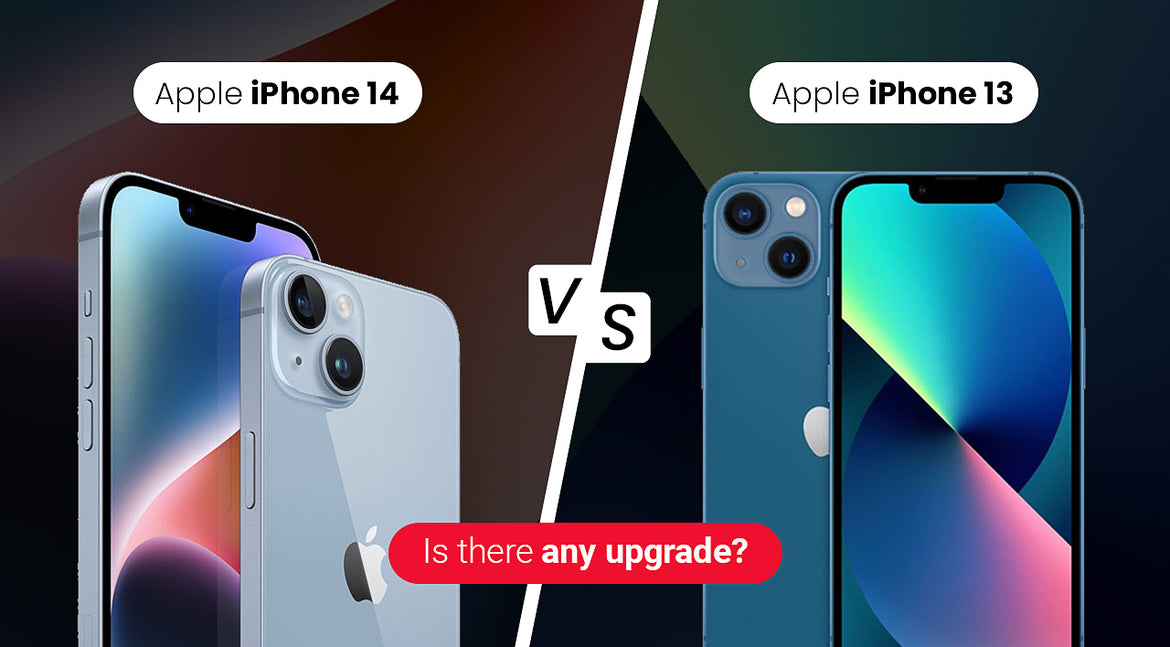
Apple iPhone 14 Vs iPhone 13 - The real talk
- Apple, iPhone, iPhone 13 pro, iPhone 14
- 19 Sep, 2022
Introduction
Apple products never fail to grab the attention of the tech industry. The iPhone 14 is now officially on sale and will be accessible starting tomorrow in numerous nations. A greater degree of differentiation between the regular variations and the Pro ones was introduced to the market by Apple's new series. What, though, did the new iPhone 14 have in common with the one it replaced? Is the iPhone 14 genuinely any better than the iPhone 13 now that it is available? Given the significant differences between this and the iPhone 14 Pro, the inquiry is reasonable.
With its 120Hz ProMotion display, the iPhone 13 Pro last year added some differentiation, but prior to that, the distinctions had always been more confined, concentrating on features like camera prowess while maintaining some fundamental specifications.
iPhone 14 & iPhone 13 Spec sheet - Is iPhone 14 a copycat?
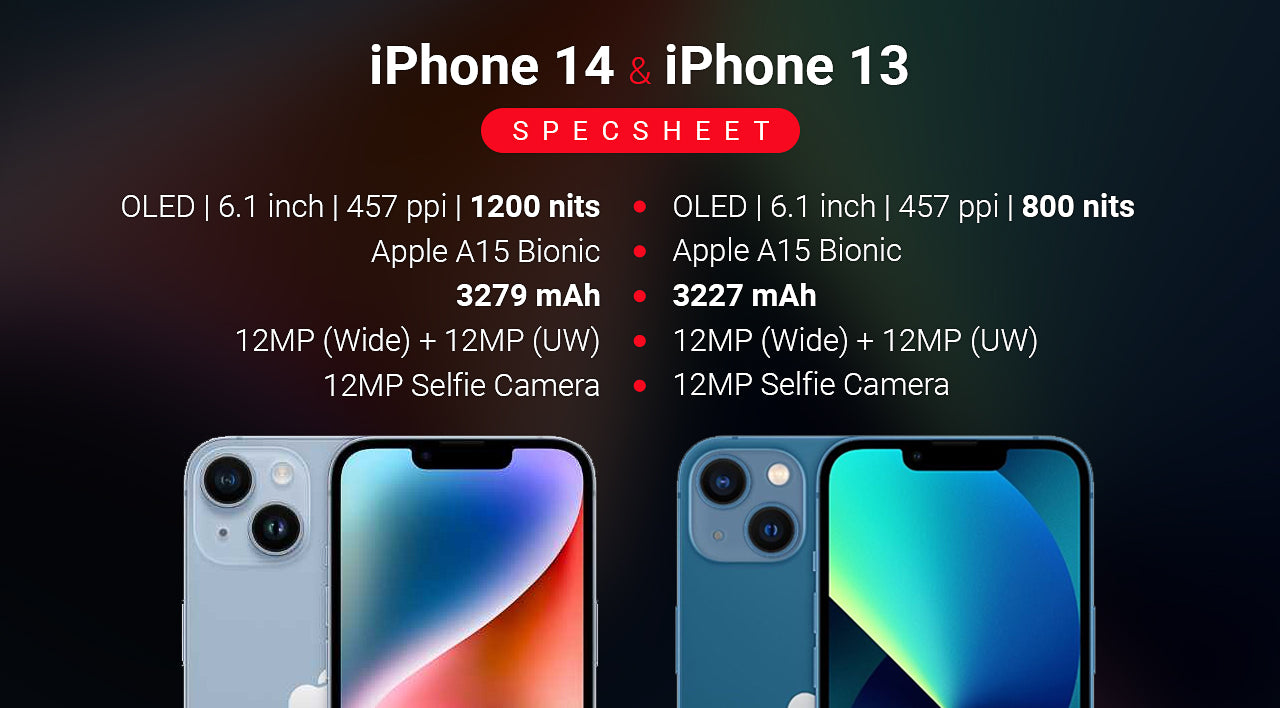
There isn't much difference between the iPhone 14 & iPhone 13. The screen size and refresh rate remain the same. However, there's an upgrade in RAM from 4GB in iPhone 13 to 6 GB in iPhone 14. The iPhone 14 and iPhone 14 Plus will only support eSIM in the US because they will not include a SIM tray, although support for both a physical SIM slot and an eSIM for a second phone number will still be available in other areas.
A 6.1-inch Super Retina display with a 60Hz refresh rate is available on the iPhone 13. Similar to the iPhone 14, it has an Apple A15 Bionic chipset. With a 12MP primary lens and a 12MP ultra-wide lens, the smartphone has a dual back camera configuration. It includes a 12MP selfie camera on the front with a retina flash.
The specifications of the iPhone 13 and iPhone 14 are comparable in many aspects. Higher refresh rates, autofocus, and a few other features make a difference.Apple does assert that the iPhone 14 has improved performance, longer battery life, and more potent picture processing software, but it is up to you to determine whether these features are valuable enough to switch for the additional cost. Due to their very identical designs, the iPhone 14 and iPhone 13 are quite difficult to tell apart. Although there are a few minor variations, essentially they are very similar. The previous model is somewhat lighter and thinner than the new one, but it has a larger camera sensor and a little thicker casing. They are essentially the same for the remainder.
iPhone 14 & iPhone 13 Display - bright update?
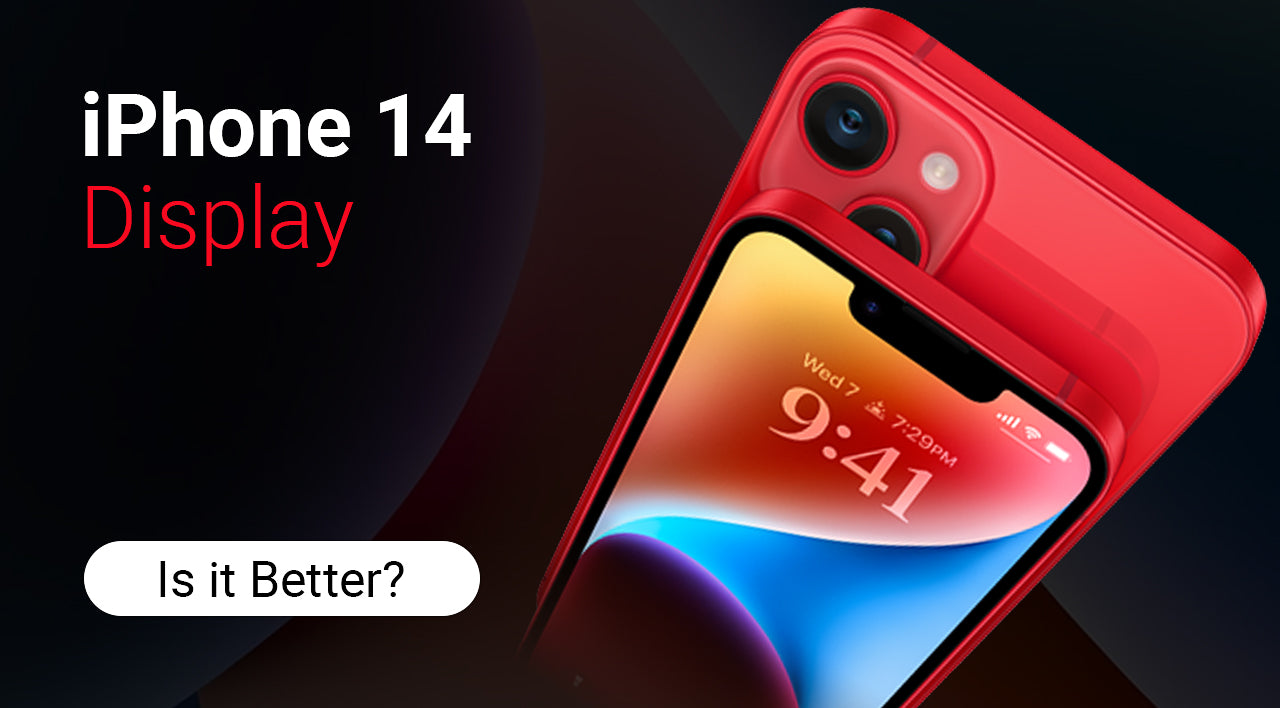
Flat-edge aluminium frames, a front display with Ceramic Shield protection, and IP68 certification for dust and water resistance are features shared by the iPhone 14, iPhone 14 Plus, and the iPhone 13. The iPhone 14 Plus has a larger 6.7-inch Super Retina XDR OLED screen than the iPhone 13 and iPhone 14, which both have 6.1-inch Super Retina XDR OLED displays. The same 60Hz refresh rate, HDR, wide colour gamut, Haptic Touch, and up to 1200 nits of peak brightness are features shared by all models.
iPhone 14 processor A15 better with graphics

Since there were reports that Apple might stick with its current A15 Bionic processor while the Pro benefited from the cutting-edge A16 Bionic, the chipset has been a contentious topic of discussion for some time. The reports turned out to be largely accurate, making this the first year that new iPhone models will have unique internals.
The A15 Bionic is a monster of a smartphone chip, carrying amazing power, graphics capabilities, and good power management, as you've seen over the past year in devices like our iPhone 13 review. Additionally, since this is the same technology that powers the iPhone 13 Pro, you get an extra GPU core and up to 25% greater graphics performance.
iPhone 14 & iPhone 13 camera comparison - The minor but important update
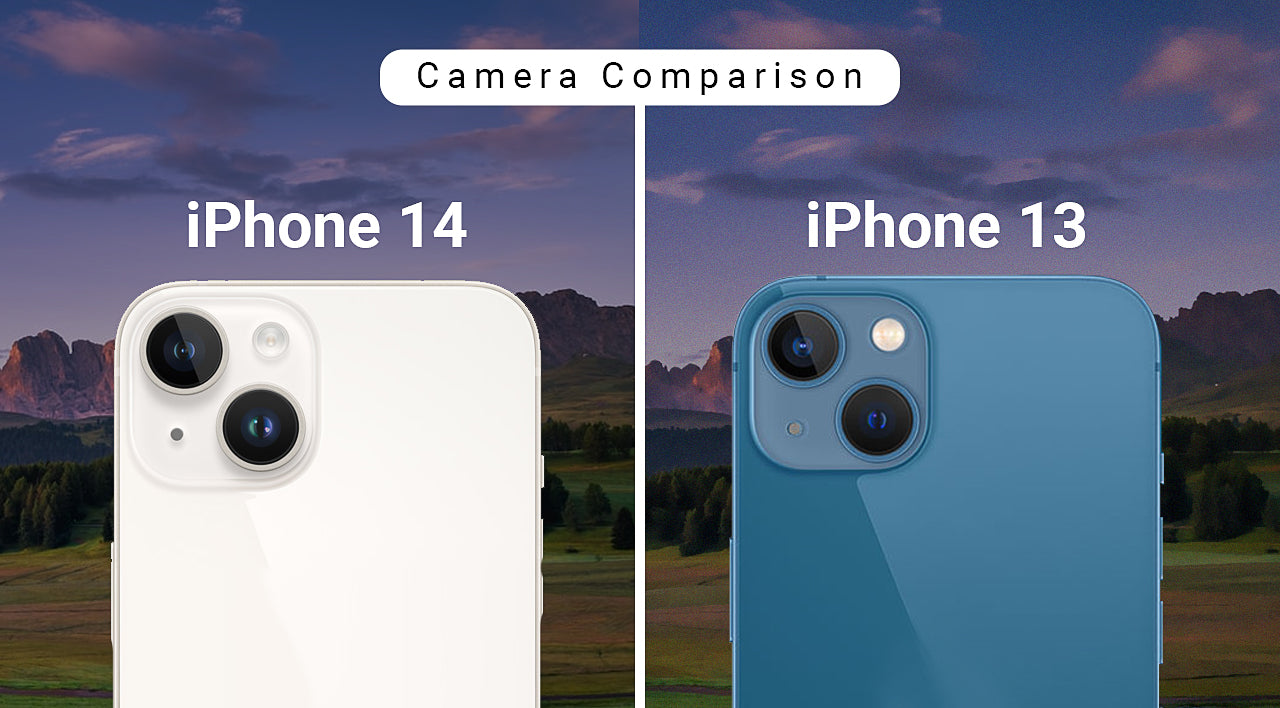
The 12-megapixel 1.9um primary sensor and an f/1.7 aperture lens are combined in a dual rear camera system on the iPhone 14 and iPhone 14 Plus to capture images and videos. Another 12-megapixel sensor is connected with a 120-degree field-of-view, f/2.4 ultra-wide angle lens. According to Apple, the front camera has a new 12-megapixel TrueDepth sensor and an f/1.9 aperture lens. In contrast, the iPhone 13 has a 12-megapixel 1.7um sensor combined with an f/1.6 aperture lens. A 12-megapixel sensor with an ultra-wide f/2.4 aperture lens is mounted on the back, while a 12-megapixel sensor with an f/2.2 aperture lens is mounted on the front.
The iPhone 14 and iPhone 14 Plus includes a few additional features in addition to a slightly modified camera configuration. Action Mode, a brand-new stabilisation function, makes better use of the phone's motion sensors. Additionally, there is a Cinematic mode that can record videos in 4K at 30 and 24 frames per second. Apple also bragged about its new Photonic Engine's improved low-light performance.
Conclusion
When you compare the specs, the newest iPhone is more difficult to sell this year than ever before. Because even though there are some minor iterative updates, the list of similarities has grown significantly as a result of the inclusion of a similar CPU. When you start to wonder why this is the case, the word "inflation" comes to mind, but you can't help but feel horrible for what is effectively a reskinned iPhone 13 with a few incredibly modest enhancements. However, this is Apple we are talking about, the company has a history of market toppers and might somehow do the same with iPhone 14.

